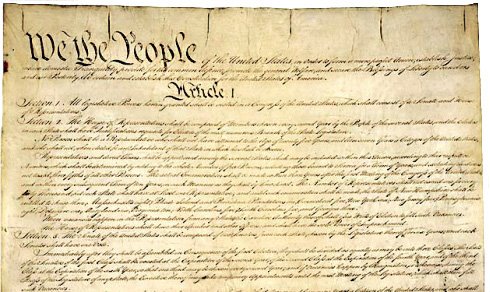The California Assembly in their rush to go on summer vacation have voted to cut the Teacher’s Tax Credit.
Michelle Steel wrote a great opinion piece in the San Bernardino County Sun (reprinted below)
School’s out for summer, but it’s no reason for San Bernardino County teachers to spend time at the beach. If the state Assembly gets its way, local teachers could arrive at classrooms this fall without the benefit of an important tax credit. In a rush to make their summer recess, the Assembly has approved a state budget that permanently eliminates California’s Teacher’s Tax Credit.
Since its creation, the Teacher’s Tax Credit has provided over half a billion dollars in tax relief for California’s teachers. Qualifying K-12 teachers receive anywhere from $250 to $1,500 in tax relief for their out-of-pocket expenses. In 2003, the last state budget to fund the tax credit, over 200,000 teachers received an average of $748 in tax relief.
The state Senate, which has stalled passage of the Assembly’s version of the budget, should refuse to pass any budget that permanently repeals this vital tax credit. Republican state Senators, all of whom publicly signed Americans for Tax Reform’s Taxpayer Protection Pledge, especially, have motivation to oppose this blatant tax increase.
In 2000, the Legislature created the tax credit to combat two common problems plaguing teachers: high out-of-pocket classroom expenses and terrible teacher retention rates. By the time the state’s education dollars trickle down to the classroom, very little money is left over for common classroom supplies. California’s selfless teachers invariably supplement their classroom budgets with personal funds. According to the National School Supply and Equipment Association, teachers nationwide spend an average of $1,752 in out-of-pocket expenses for classroom supplies and instructional materials.
However, the second objective - teacher retention - has drawn criticism from the Legislative Analyst’s Office, the state’s nonpartisan budget analyst. Earlier this year, the LAO released a report claiming that the tax credit has had little to no effect on keeping teachers from leaving the education profession. This criticism has fueled the covert move to eliminate this tax credit.
Although the LAO’s criticisms are not without merit, it is difficult to assess the tax credit’s effectiveness when considering the Legislature’s inconsistent application of the tax credit. In four of the past six years, California has repealed the tax credit to help balance the state budget. How can a tax incentive encourage teachers to remain in academia when the Legislature has suspended the tax credit more times than it has granted it?
Admittedly, there are flaws with the current administration of the Teacher’s Tax Credit. For example, new teachers, those with less than four years experience in the profession, are ineligible for the tax credit. New teachers arguably incur more expenses than experienced teachers, who already have previous year’s supplies and instructional materials.
The California Federation of Teachers estimates that half of new teachers do not make it past their fifth year teaching. Consequently, almost half of all teachers never see the tax credit. Such flaws are reasons to amend, not end, the tax credit. The Legislature would be wise to spend its time improving the Teacher’s Tax Credit, instead of cutting the tax credit altogether just to make their summer vacations.
Teachers should be reimbursed for their out-of-pocket classroom expenses, and tax credits give each teacher the greatest flexibility to decide the classroom supplies they need most. The state Legislature has the unenviable task of closing a $2 billion budget gap, but the $165 million Teacher’s Tax Credit is only milk money out of the state’s $140 billion budget.
Michelle Steel represents San Bernardino County on the state Board of Equalization, the country’s only publicly elected tax board.











